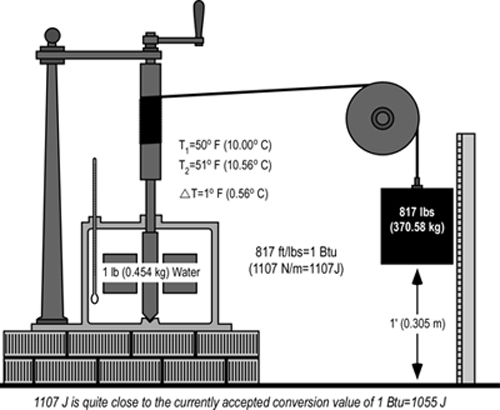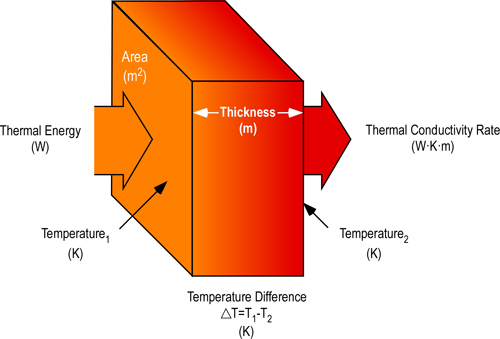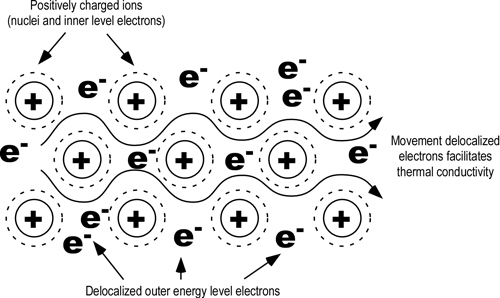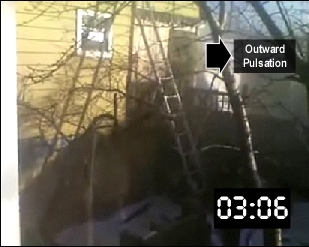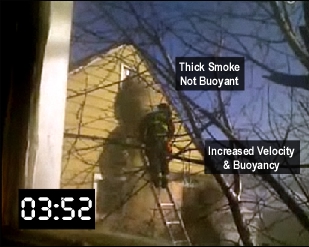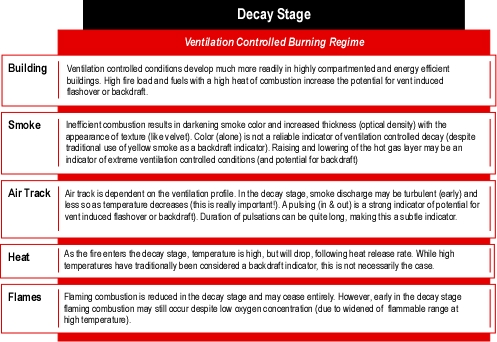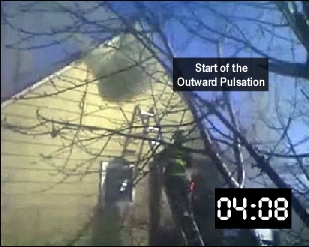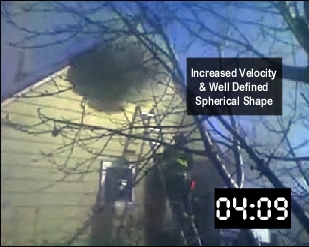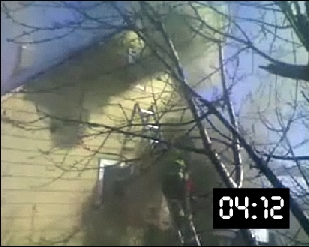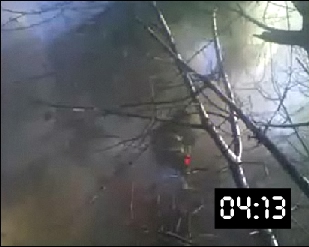Nozzle Evaluation
Sunday, March 28th, 2010As with many other questions, it is likely that the answer to the question of which nozzle is best is it depends. As discussed in Effective and Efficient Fire Streams, Safe, effective and efficient fire control requires:
- Water application to control the fire environment as well as direct attack on the fire
- Appropriate flow rate for the tactical application (cooling hot, but unignited gases may be accomplished at a lower flow rate than direct attack on the fire)
- Direct attack to exceed the critical flow rate based on the fire’s heat release rate
- Sufficient reserve (flow rate) be available to control potential increases in heat release rate that may result from changes in ventilation
- Water application in a form appropriate to cool its intended target (i.e., small droplets to cool hot gases or to cover hot surfaces with a thin film of water)
- Water to reach its intended target (fog stream to place water into the hot gas layer and a straight or solid stream to pass through hot gases and flames and reach hot surfaces)
- Control of the fire without excessive use of water
Accomplishing this requires different stream characteristics at different times. The characteristics that are optimal for gas cooling are likely quite different than for cooling hot surfaces, particularly when dealing with fully developed fire conditions in a large compartment. It is likely that direct attack on a fire with a high heat release rate in a large compartment may best be accomplished with a high flow stream having a high degree of stream cohesion and extremely large droplets. On the other hand, cooling the hot gas layer while accessing a shielded fire is most effectively and efficiently accomplished using a fog stream with a variable pattern angle, small droplet size, and a lower flow rate. No nozzle and hose system will be equally effective and efficient in all situations.
At present, there is no standardized method for testing and evaluating the effectiveness and efficiency of firefighting nozzles. However, there are a number of parameters that may be useful in the process of evaluating, selection, and specification of combination nozzles.
Application
Nozzle selection must be considered within the context of the nozzle, hose, and pump system that it will be used. If starting from scratch, it may be useful to consider each of these components. For example, high and ultra high pressure systems can provide considerably higher efficiency than low pressure systems, but they are limited to low flow rates. Low pressure systems on the other hand have larger droplet sizes and as such cannot achieve as high efficiency as higher pressure systems, but are scalable to deliver higher flow rates. If we have an existing system in place, the question may be what nozzle will provide the greatest effectiveness, efficiency, and range of capabilities.
It is also important to consider the type of buildings and occupancies in which firefighting operations will likely take place. Important factors include building and interior compartment size and occupancy. Another factor that must be considered is pressure limitations imposed by fixed fire suppression systems such as standpipes (in some cases outlet pressure is limited to 65 psi (448 kPa).
While there is no standard test methodology for determining the effectiveness and efficiency, there are a number of characteristics that can be assessed and evaluated when considering selection and specification of the handline nozzles.
Starting Point
Central Whidbey Island Fire & Rescue (CWIFR), where I serve as Fire Chief is about to start the process of evaluating nozzles for use on existing 1-3/4” (45 mm) handlines. CWIFR is a small fire district with a mix of residential and commercial occupancies located approximately 60 miles (97 km) north of Seattle, Washington. Structural fire risks are predominantly wood frame, single family dwellings with a small number of apartments, commercial buildings and institutional occupancies. The district protects an area of 50 square miles and a population of approximately 9000. Four Type I Engines and three Type I Tactical Water Tenders are staffed with a mix of full-time, part-time, and volunteer personnel operating out of four fire stations.
CWIFR currently uses Elkhart Chief 150 g/min (568 l/min) single flow rate nozzles that are designed to operate at a nozzle pressure of 75 psi (517 kPa) as the standard nozzle on 1-3/4” (45 mm) hoselines (similar to the nozzle shown in Figure 1, but CWIFR uses break apart nozzles with a separate tip and shutoff).
Figure 1. Elkhart Chief Nozzle
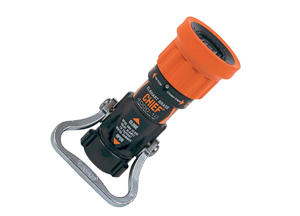
Given the same flow rate, a nozzle pressure of 75 psi provides a slight reduction in nozzle reaction in comparison with a nozzle pressure of 100 psi (about 13% when operating a straight stream). However, all things being equal, lower nozzle pressure generally results in larger droplets. Larger droplet size is not necessarily a disadvantage in direct or indirect attack, but can significantly reduce effectiveness of gas cooling. Using the current CWIFR nozzles, flow rate can be increased to approximately 180 gpm by increasing nozzle pressure to 100 psi. However, it is not possible to develop effective streams at flow rates significantly below 150 gpm as a nozzle pressure below 75 psi causes significant deterioration in stream quality, reach, and penetration.
CWIFR’s nozzle tests will serve several purposes: First will be to increase members’ familiarity with the nozzles currently in use, their capabilities, and limitations. The second will be to evaluate other types of nozzles that may provide a broader range of capabilities and increase operational effectiveness.
Three variable flow nozzles and two automatic nozzles will be included in the initial round of testing and evaluation. All of the nozzles selected allow for development of a range of flows at a standard nozzle pressure of 100 psi.
Variable Flow Nozzles
- Akron Turbojet
30-60-95-125 g/min (115-230-360-475 l/min) - Akron Wide Range Turbojet
Flow Range 30-95-125-150-200 g/min (115-360-475-550-750 l/min) - Elkhart Wide Range Phantom
Flow Range 30-95-125-150-200 g/min (115-360-475-550-750 l/min)
Automatic Nozzles
- Ultimatic 10-125 g/min (38-475 l/min)
- Midmatic 70-200 g/min (265-750 l/min)
Three of these nozzles, the Wide Range Turbojet, Wide Range Phantom, and Midmatic have a higher designed flow capability than the nozzles currently used by CWIFR as well as the capability to develop effective streams at lower flow rates. Two of these nozzles, the Turbojet and Ultimatic have a lower flow capability than the nozzles currently used by CWIFR, but have been found to provide excellent gas cooling capability based on laboratory tests (Handell, 2000) and anecdotal evidence during live fire training and operational firefighting.
Basic Design
The starting point for nozzle evaluation is identification of basic characteristics:
- Designed Nozzle Pressure
- Flow Control: Fixed Flow, Variable Flow, Automatic
- Flow Rates/Range
Physical & Operational Characteristics
Physical and operational characteristics can be as important as stream performance as nozzles must be used under a wide range of operational conditions.
- Weight
- Size
- Size of Bail
- Flow Control Method
- Simplicity/Complexity of Operation
Performance Characteristics
Nozzle performance can be evaluated in a variety of different ways ranging from baseline data such as actual flow rates, range of patterns developed, and ease of operation. Other characteristics are a bit more complex such as pattern density and hang time.
- Actual flow rate vs. specified flow rate
- Maximum fog pattern angle
- Reach at designed pressure and flow
- Ease of Operation within designed pressure and flow range
- Pattern density during continuous operation
- Pattern density after pulsed application (2 second delay)
- Hang time for droplets in pulsed application
- Performance (as outlined above) outside designed pressure and flow
As identified above, performance will also be evaluated outside the designed pressure and flow range of the nozzles. For example, use of variable flow nozzles at the lowest flow setting at pressures above the designed nozzle pressure can produce extremely small droplets (more on this in a later post).
Finance and Logistical Considerations
While nozzle performance is the most important factor, it is also essential to assess the logistical and financial considerations.
- Initial purchase price
- Life-cycle cost
- Maintenance requirements
Next Steps
The next post in this series will examine the nozzles currently in use by CWIFR and provide additional detail on the evaluation process.
Reference
Handell, A. (2000) Utvärdering av dimstrålrörs effektivitet vid brandgaskylning [Evaluation of the efficiency of fire fighting spray nozzles in a smoke gas cooling situation], Report 5065. Department of Fire Safety Engineering, Lund University, Sweden



